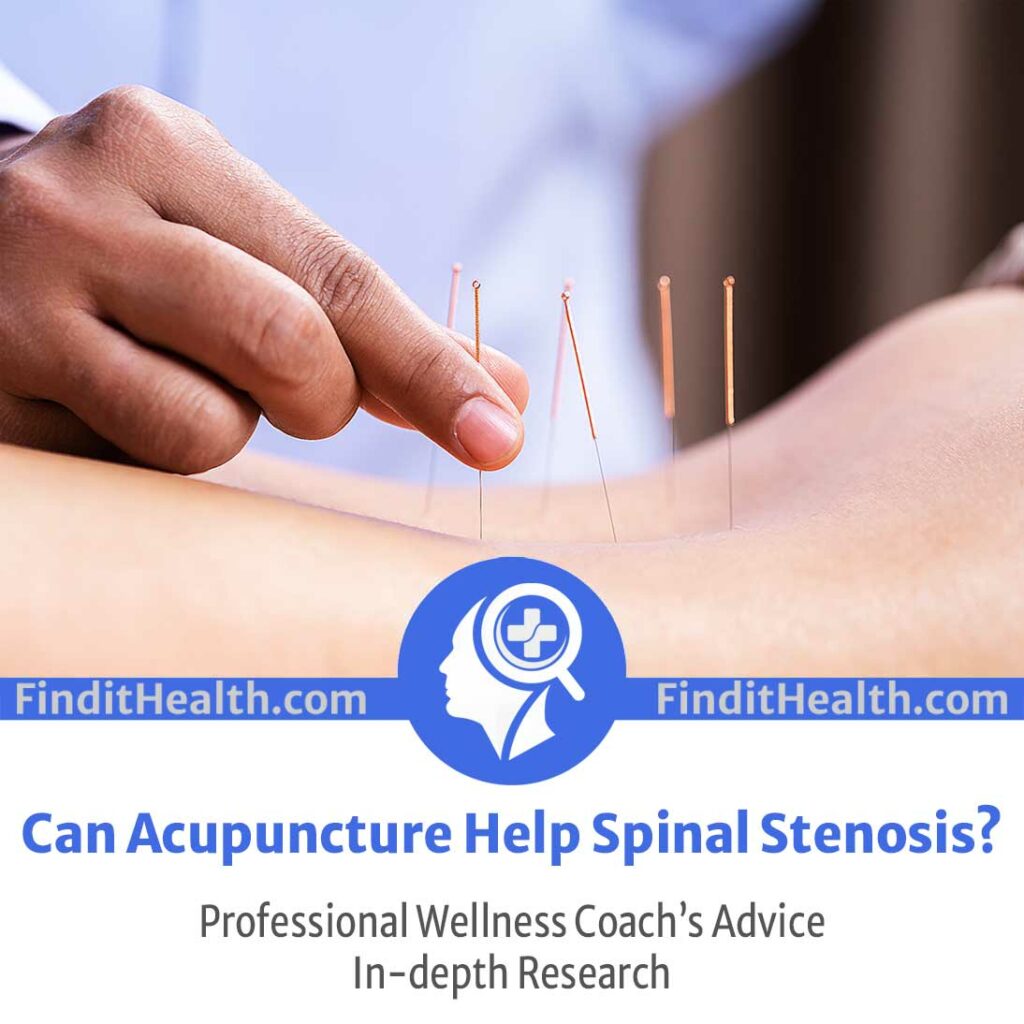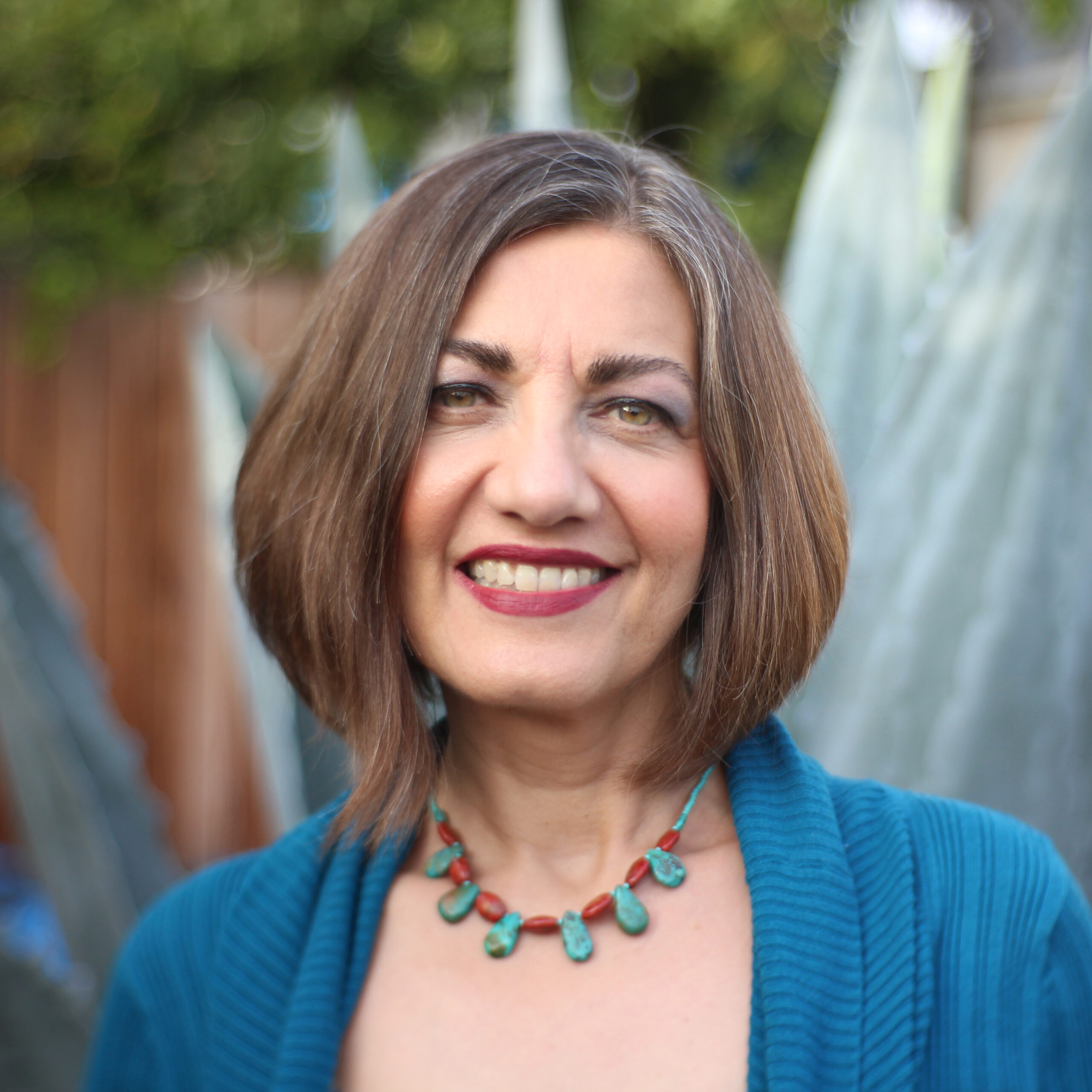
As the main health and wellness advisor at FindItHealth.com, I’m here to discuss how acupuncture can save you from spinal stenosis. Spinal stenosis is a debilitating back pain that originates from the lumbar spinal region.
The pain could stop you from walking great distances and interfere with your ability to manage your bowels or bladder. When spinal stenosis flares up, take action to regain your quality of life.
To learn more about the advantages of acupuncture and other natural treatments for spinal stenosis, consider this article to be your 101. Please continue reading for more information.

Spinal Stenosis And Acupuncture Effectiveness

Due to its excellent efficacy in treating spinal stenosis, acupuncture is used by a significant majority of patients.
It’s a promising treatment for the nerve pain brought on by this illness.
Recent clinical investigations have shown that this ancient Chinese healing technique can significantly reduce the amount of discomfort that individuals with spinal stenosis experience.
In a 2008 study of back pain, acupuncture provided some degree of relief to the participants studied. Acupuncture was shown to be more beneficial than physical exercise and medication according to the ZCQ measure and the satisfaction score.
Cited in another study, the efficacy of acupuncture may be due to the repeated transitory changes in blood flow to the sciatic nerve and cauda equine located at the base of the spinal cord.
Spinal stenosis can result in lower back chronic pain that is so severe that it dominates a patient’s life, interfering with everything from everyday activities like chores and work, to leisure time.
A narrowing of the spine’s central tube causes the spinal cord’s nerves to get compressed, resulting in spinal stenosis.
The intervertebral discs of cartilage compress as a result.
Patients with spinal stenosis frequently experience leg pain and a throbbing pain in the lower back or lumbar region. The five vertebrae of the spine are where back discomfort is most frequently felt.The most typical signs of pain include the following:
- Inability to walk distances
- You constantly bend over and relieve pressure on your lower back area
- Pain and numbness in the legs
- Uncontrollable bowel and bladder movements
SUBSCRIBE for FREE STRESS MANAGEMENT TECHNIQUES from our EXPERT COACHES!
Spinal Stenosis Acupuncture Points

The Dai Mai or Belt Vessels contain the necessary acupoints for relieving spinal pain. The operation of these routes is described below:
- The Dai Mai is a belt-like arrangement of acupoints around the waist. The meridian that flows horizontally controls how Qi moves up and down in the body. The Dai Mai can be thought of as an endless network of belts that girdle the body, connecting the major meridians and other vessels.
- The Dai Mai’s exterior pathway starts at the Ming Men Du-4 and travels to the Shen Shu UB-23 before encircling the torso.
- The Dai Mai GB-26, Wushu GB-27, and Weidao GB-28 are the three main components of the Dai Mai.
- But both the Zhang Men LR-13 and Ju Liao GB-29 are sometimes mentioned as being relevant to this meridian as well.
The symptoms of spinal stenosis are associated with Qi deficiency and stagnation, as such, the following points may also be stimulated for pain relief:
- Guan Yuan Ren-4
- Zusanli St-36
- Bai Hui Du-20
- Huato Jia Ji
If patients describe a pain sensation that feels like “wearing a tight belt” the following points are also incorporated into the treatment:
- Zulinqi GB-41
- Waiguan TW-5
SUBSCRIBE for FREE STRESS MANAGEMENT TECHNIQUES from our EXPERT COACHES!
How Is Acupuncture Used For Spinal Stenosis?

Acupuncture for spinal stenosis improves lower back muscle strength. From the standpoint of traditional Chinese medicine, acupuncture frees the vital Qi energy that is in charge of your mental, physical, and emotional health. Pain, including neck and back pain, as well as any persistent pain that keeps you from going about your daily business, can be effectively treated with acupuncture.
An acupuncturist may use electro-stimulation in addition to manual acupuncture to promote pain alleviation.
A treatment plan for stenosis is acupuncture administered three times each week for six weeks. To determine the specific number of therapies, your doctor will first evaluate your particular situation and how you respond to treatment. Acupuncture is frequently used in conjunction with other medical treatments to further reduce pain.
SUBSCRIBE for FREE STRESS MANAGEMENT TECHNIQUES from our EXPERT COACHES!
Acupuncture For Cervical Spinal Stenosis

Acupuncture from a certified acupuncturist is a highly effective treatment for cervical stenosis and can help alleviate both back pain and cervical spinal stenosis pain.
In two recent studies, acupuncture for cervical spinal stenosis was examined:
- The treatment of cervical spondylosis and cervical spondylotic radiculopathy with acupuncture has been demonstrated to be both very successful and adaptable. Particularly successful at treating cervical spondylotic radiculopathy is long-needle acupuncture.
- In a different study, combining Xiaoxingnao acupuncture and electroacupuncture results in considerable reductions in pain.
As mentioned, cervical spinal stenosis is a form of spinal stenosis. It affects the nerves in the neck, and compression of the spinal cord, which causes neck pain called myelopathy in this case.
Some of the typical signs of cervical spinal stenosis include the following:
- The lower back hurts
- Leg twitches
- Leg, foot, hand, or arm muscle weakness, numbness, or tingling in those areas
- Insufficient exercise
- Difficulty walking
Frequently Asked Questions


Does acupuncture help spinal stenosis?
By promoting blood flow and the generation of endorphins, which are essential in the creation of natural painkillers, acupuncture helps people with stenosis experience less pain. Opioid production is stimulated during acupuncture to produce analgesic effects.
Pain brought on by secondary tissue stiffness and muscle spasms can be significantly reduced by stenosis-related acupuncture. Acupuncture can be a remarkably effective technique for pain management. Acupuncture needles enable deeper stimulation and contact with the involved structure.
What natural therapy is best for spinal stenosis?
Natural treatments for spinal stenosis include:
Acupuncture
The effectiveness of acupuncture in reducing severe pain is 92%. Acupuncture can greatly lessen the lumbar spine pain brought on by spinal stenosis, even though the condition itself cannot be reversed.
Cannabidiol
Cannabidiol, or CBD, has outstanding therapeutic benefits. Its anti-inflammatory effects are its principal benefit for spinal stenosis.
In a research study, certain patients are administered an opioid-based drug. Those in the CBD group had better pain improvement and mobility without causing significant side effects.
CBD is an active component of the hemp plant known as a cannabis extract. It cannot cross the blood-brain barrier, and has no addictive properties.
Nutrition
A diet rich in inflammation-fighting omega-3s such as fish and olive oils has incredible benefits for spinal stenosis. In addition, it is key to maintaining a healthy weight thus lessening the pressure load on the spine naturally reducing the symptoms.
What is the newest treatment for spinal stenosis?
Lumbar interspinous distraction decompression, is a modern, minimally invasive technique for treating spinal stenosis.
This spine surgery, also known as the interspinous process device procedure, inserts a spacer between the spinous process to retain the two vertebrae and relieve pressure on the nerves entrapped there. This particular keyhole surgery is carried out while the patient is under general anesthesia.
In the past, surgeons had to open up the spinal canal to perform decompression spinal surgery that exposed the nerves. A lumbar interspinous distraction decompression procedure does not involve opening the spinal canal, reducing possible complications.
According to a study from 2021, patients who underwent this operation had a 5-year success rate of 68% as opposed to the previous decompression treatment’s success rate of 56%.
How do you fix spinal stenosis without surgery?
We advise the following if you wish to reverse spinal stenosis without any type of surgery:
Stem cell treatment
One of the best non-surgical interventions is stem cell therapy. It entails extracting healthy cells from a person’s body, isolating them, then injecting the treated area with the isolated healthy cells.
Stem cell treatment for treating spinal stenosis was determined to have a promising outcome in a 2021 study. However, more research is required to validate the procedure’s safety and effectiveness, as the success rate is not yet known.
Acupotomy
Another nonsurgical treatment you can try is acupotomy which involves utilizing a scalpel-like needle in addition to the acupuncture needles. The objective is to lessen pain and muscular adhesions.
In a 2019 study, this surgery for spinal stenosis shows encouraging results, although the authors emphasize that further research is still needed.
What should you not do with spinal stenosis?
You should refrain from the following if you have spinal stenosis:
- Don’t wait for symptoms to disappear
Back discomfort from spinal stenosis does not go away on its own. If you don’t try medically supported treatments, this condition can get worse. It is a condition that worsens with time and never goes away on its own.
- Don’t focus on the inflammation
The symptoms of spinal stenosis stem from spinal cord contraction that irritates the leg nerves. This irritation causes inflammation and any anti-inflammation treatment would only be a temporary solution. Consider the underlying reason and implement a thorough spinal stenosis treatment.
- Stop Focusing on Surgery
Surgery can only make minimal improvement to this condition. Apply non-intrusive methods, like physical exercises and medications, as well as alternative therapies. These go a long way in providing pain relief.
What is the most successful treatment for spinal stenosis?
Decompression laminectomy is the first treatment option for spinal stenosis, a procedure that clears the spinal canal of bone spurs build up to make more room for the spinal cord and nerves. Nowadays, less intrusive procedures can be used to do the decompression, resulting in less pain and a quicker recovery for the patients. When there is a major spinal deformity, the doctor may occasionally need to conduct a spinal fusion to join two or more vertebrae together for greater spinal stability.
SUBSCRIBE for FREE STRESS MANAGEMENT TECHNIQUES from our EXPERT COACHES!
Conclusion – Research by Findithealth.com


Spinal stenosis is a disorder in which the spinal canal’s gaps become congested, placing pressure on the nerve roots and resulting in pain, numbness, and weakness in the arms, legs, or back. Aging and degenerative spinal changes are the most frequent causes of spinal stenosis.
There is some evidence to suggest that acupuncture may help relieve pain associated with spinal stenosis according to the studies cited in this article.
A lot of people view acupuncture as a generally risk-free and safe form of treatment for lumbar. To be clear, though, major illnesses like spinal stenosis shouldn’t be treated with acupuncture alone. It is crucial to speak with a healthcare provider if you are exhibiting signs of spinal stenosis in order to establish the best course of action for your particular needs.
SUBSCRIBE for FREE STRESS MANAGEMENT TECHNIQUES from our EXPERT COACHES!


